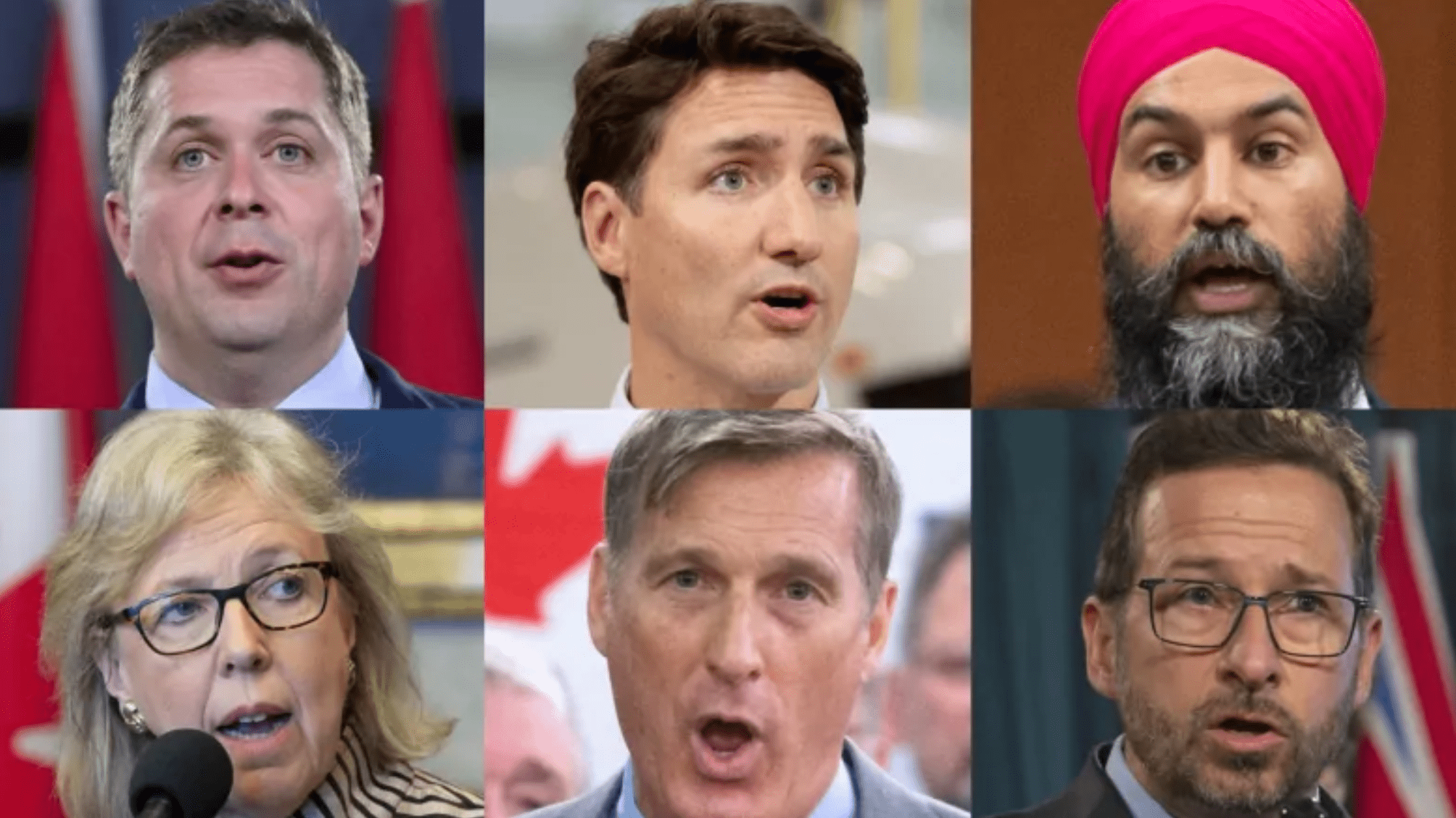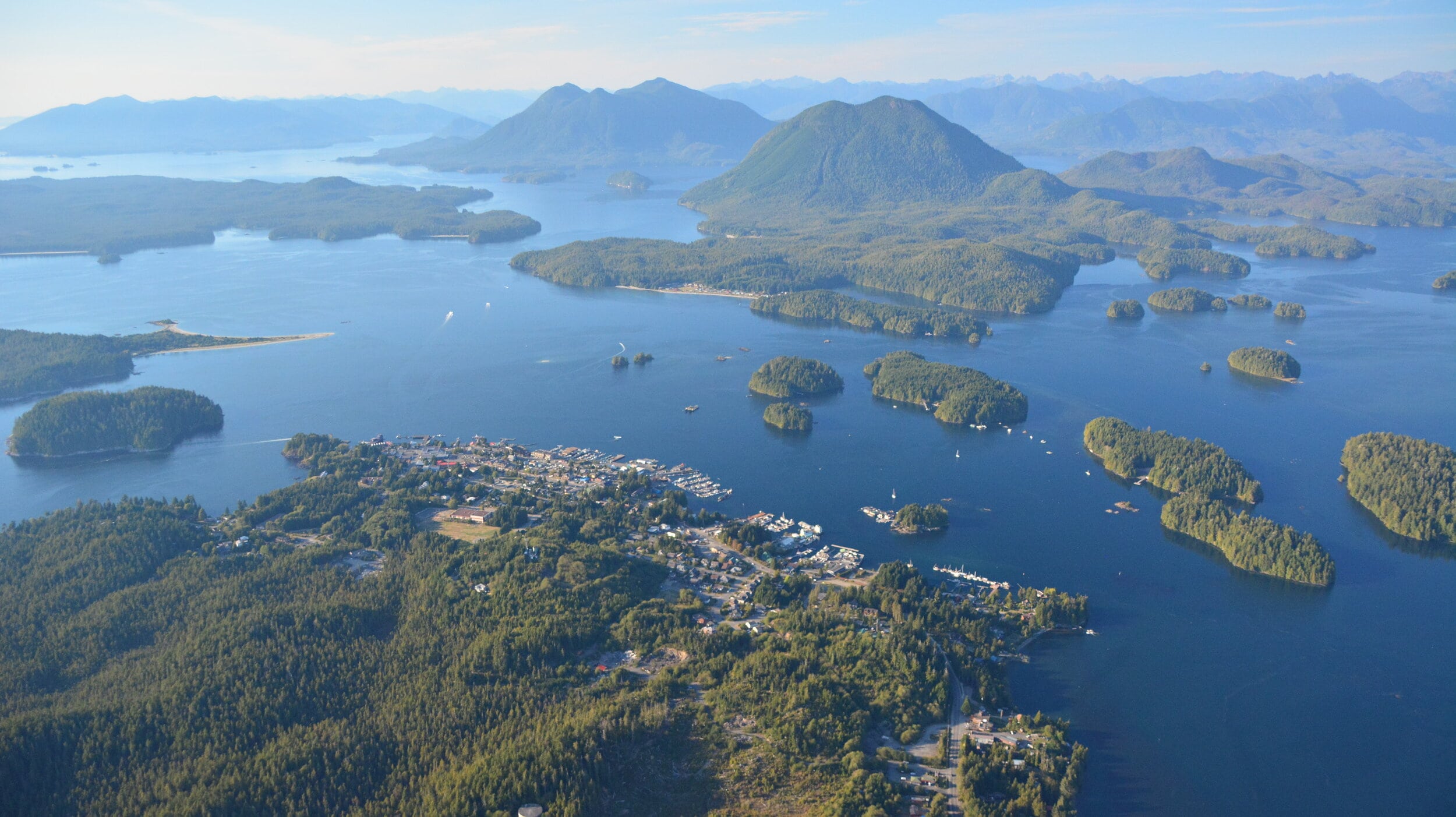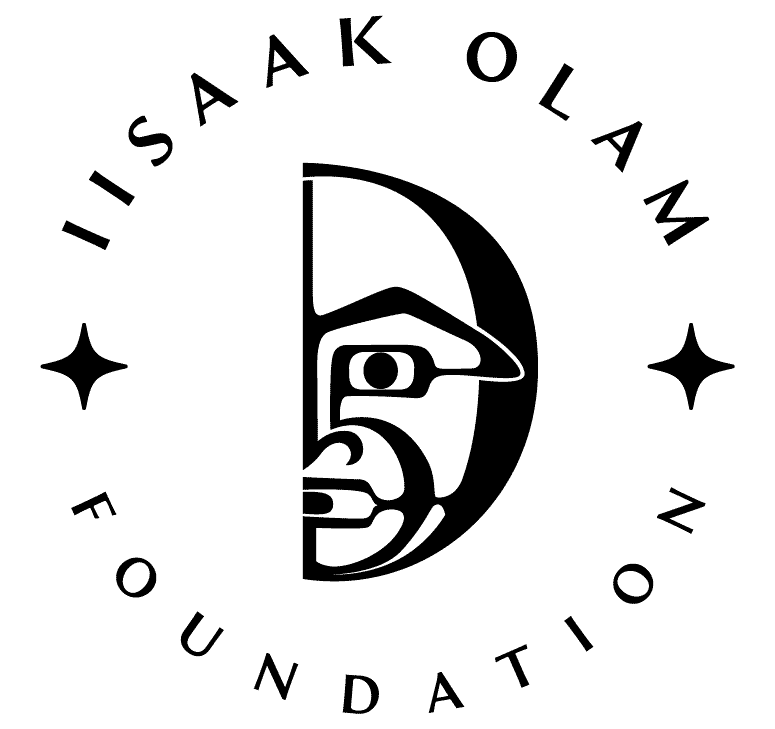
Photo Credit: CBC News, October 7, 2019. Top row, from left: Conservative Party Leader Andrew Scheer, Liberal Party Leader Justin Trudeau, NDP Leader Jagmeet Singh. Bottom row, from left: Green Party Leader Elizabeth May, People’s Party of Canada Leader Maxime Bernier, Bloc Québécois Yves-François Blanchet.
By Andrew Paul
Political leaders are nearing the end of their campaign circuit, debates are over, and tensions are high as parties try to win over Canadian voters who haven’t yet submitted their ballots.
If you’re wondering how to select your candidate based on the values of Indigenous-led conservation and reconciliation, read the following tips for navigating the various parties’ platforms and commitments. [Please note: IISAAK OLAM Foundation does not endorse any political party.]
Tip #1 – Check out each party’s platform (listed alphabetically): Bloc Québécois; Conservative; Green; Liberal; New Democrat; People’s Party.
Tip #2 – Check out the tables created by national news networks that compare each party’s stance on various issues (climate change, carbon tax, education, etc.) and what they promise to do if elected. For example, see this one by the CBC.
Tip #3 – As you read each party’s platform, look for evidence that the party recognizes the inherent rights and title of Indigenous Peoples. Beware of promises that focus only on providing services to ‘aboriginal populations‘; helping First Nations ‘participate‘ in resource development projects over which they have no control; or promoting individualism and private property as a path to Indigenous Peoples’ well-being. Often, these proposed ‘solutions,’ which may be disguised as ‘equality with other Canadians,‘ are evidence of a deep bias against the collective rights of Indigenous Peoples as Nations.

Wah’nah’juss Hilth’hoo’iss (Meares Island) Tribal Park. Photo © Jeremy Williams.
Tip #4 – Keep these questions in mind as you go through the party platforms:
-
On issues relating to land, water, environment, and climate change, does the party commit to working in partnership with Indigenous Peoples in a way that respects Indigenous knowledge?
-
Does the party promise to implement the United Nations Declaration on the Rights of Indigenous Peoples (UNDRIP)? What about mentions of recognizing and respecting treaty rights?
-
Does the party explicitly recognize the right to Free, Prior, and Informed Consent (FPIC) of Indigenous Peoples regarding resource development, conservation, or other projects on Indigenous Peoples’ traditional territories?
Thanks to the work and report by the Indigenous Circle of Experts for the Pathway to Canada Target 1, Indigenous Protected and Conserved Areas (IPCAs) are now on the political agenda:
-
The Green Party commits “$100 million annually over the next four years to create Indigenous-led protected and conserved areas and fund stewardship of these lands and waters by Indigenous guardians.”
-
The New Democratic Party (NDP) commits to “expand the Indigenous Guardians Program, invest in Indigenous-led science, and support the creation of Indigenous-managed protected areas.”
-
The Liberal Party promises to expand Canada’s protected areas to 25% by 2025, “grounding these efforts in science, Indigenous knowledge, and local perspectives.”
-
We were unable to find any commitments related to IPCAs from the Conservative Party in this campaign—only a commitment to ‘review’ protected areas, a comment that “the quality of our protected area network matters just as much as its quantity,” and some commitment to consultation and “ensuring that Indigenous peoples share fully in the prosperity of our country.”
Tip #5 – Research your own local candidates: What are their past and present roles? Do they talk about their relationship with Indigenous Peoples, their commitment to reconciliation, or environmental issues? If one of your local candidates is already an MP seeking re-election, you can search their record of votes and speeches in Parliament at this link.
Find information about your riding and local candidates here.
Let’s make this election count for Indigenous-led conservation and reconciliation! Share your comments and findings with us on Twitter @iisaakolam. And most importantly, vote! Your voice and values count.

